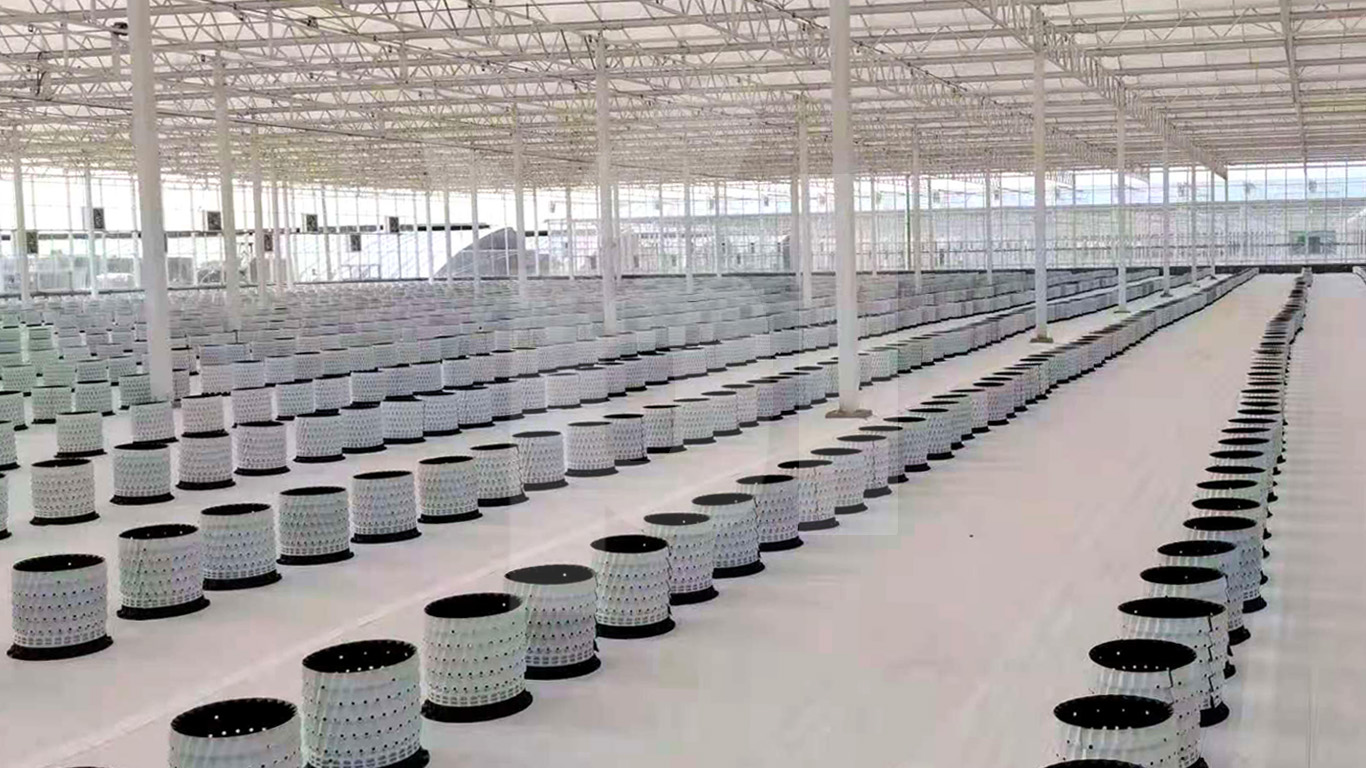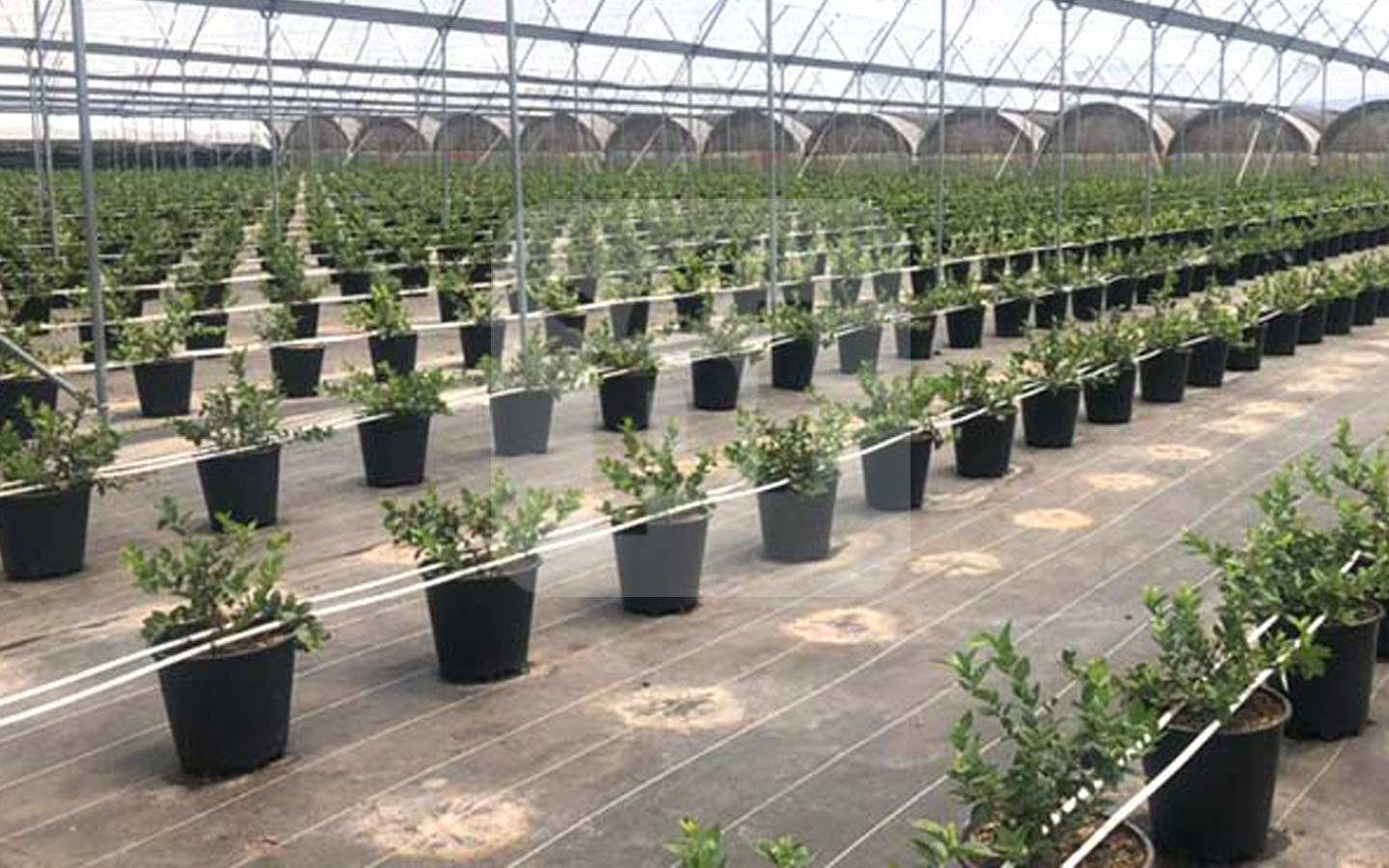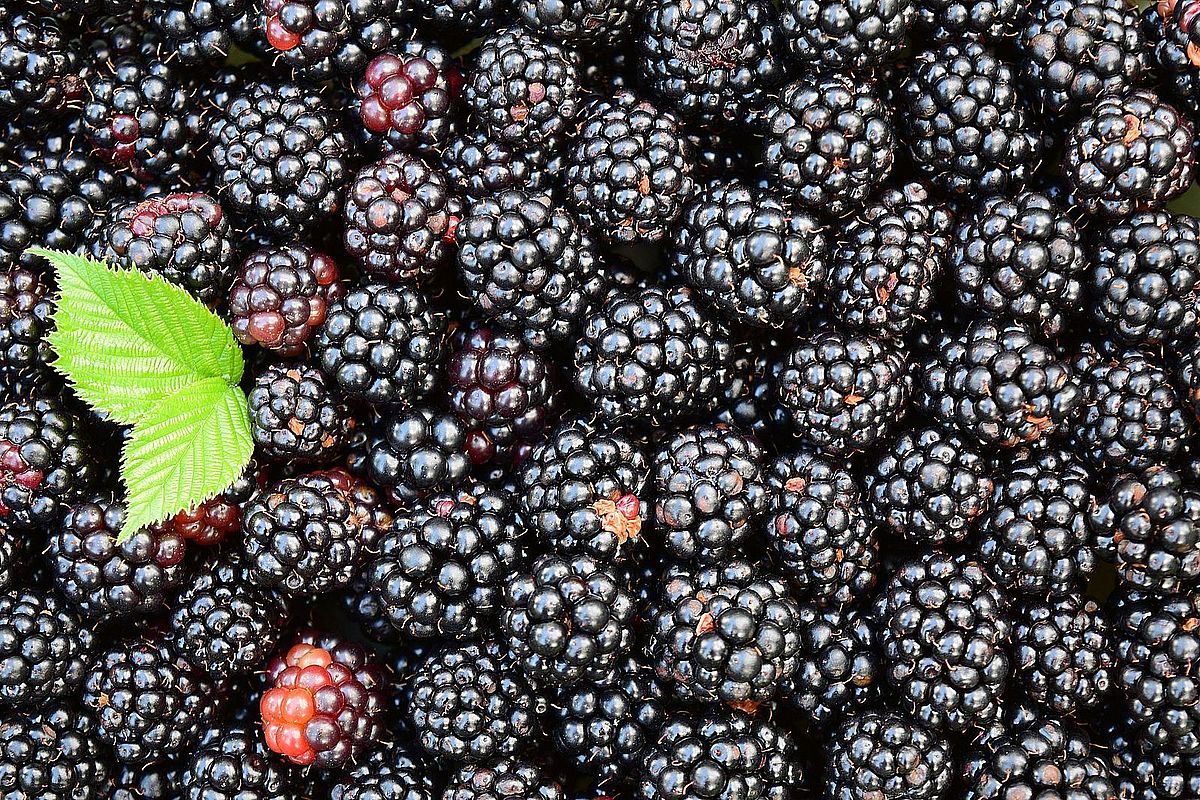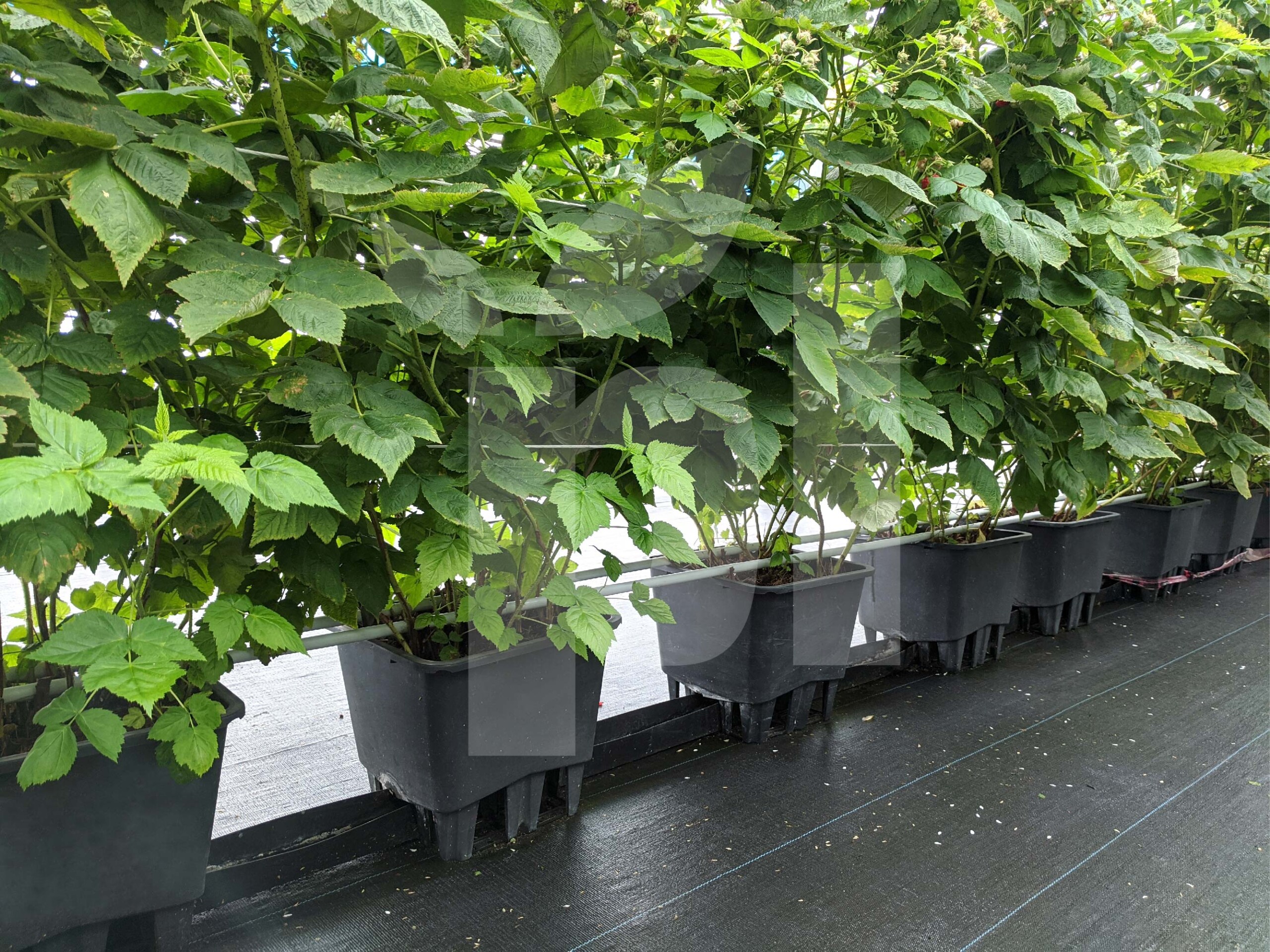Hydroponic Cultivation. Due to the increasing scarcity of quality agricultural soils and their heterogeneity, hydroponic (soilless) cultivation has become increasingly common in recent years in all countries of the world. In addition, this type of crop technology allows to make water and fertilizer resources more efficient, generating a lower environmental impact in relation to the traditional way of cultivation, and which, on the other hand, allows the use of subproducts as a substrate, being more environmental friendly.
From the above, we can give off the following advantages of hydroponic cultivation:
- It allows the productive use in soils not suitable for agriculture.
- The environmental impact is lower since less water and nutrients are used in comparison to the soil culture, and also allows the reuse of the leachate.
- Reduced production losses due to phytosanitary problems, and therefore less use of pesticides.
- Allows the use of high quality substrates that are a byproduct of another industry (coconut fiber).
- Higher precocity in the entry into production due to the high rate of growth that is achieved in the plant.
- It allows a better control of nutrition and irrigation, so the quality of the product is greater.
The optimum substrate recommended for this type of crop is coarse-grained coconut fiber (3 mm). The dust causes the substrate not to last the necessary years that must last in a shrub crop, and the long fibers become clogged by not allowing the ingress of water and proper root development. This substrate has the following advantages:
- Ability to retain an adequate volume of water (nutrient solution) at low voltages (readily available to the plant).
- Provide enough oxygen to cover root demand in all circumstances in balance with moisture retention.
- Be an adequate support of the plant.
- To be durable in time and that does not vary its physical and chemical composition.
- That does not interfere in the nutritive solution provided to the crop.
- High thermal inertia, which allows the substrate not to heat or cool violently.
- Having a high CIC allows to have a degree of buffer power against errors in fertilization.
- Having a high C/N ratio is very durable over time.

To contain the substrate, two types of products, rigid plastic bag or container are used. The bag is justified only if a short-cycle crop (vegetable) is used because of the low cost and ease of installation when using substrates already packed in the final bag. On the other hand, the bag does not allow good drainage by being in direct contact with the soil, because the soil is saturated and there is no movement of water by capillarity, so add the expense of installing some system that allows that it does not come into direct contact with the ground. It should be taken into account that in soilless cultivation, so that the substrate does not salinize, depending on the electrical conductivity contained in the irrigation water, a constant drainage of 10 to 25% of the volume of water applied at each irrigation.
When working with a shrub crop such as raspberry, blueberry, blackberry, and even fruit plantations such as cherry trees in landless production systems, rigid containers of high durability must be used, which allow the orchard to be maintained in production high and stable for periods superior to 10 years, and also allowing the reuse of these containers against some varietal or species change. Within the different types of containers, you must select the one that has a design that allows it to drain properly, for which it is necessary for the container to bring some system that allows it to be separated from the ground. In addition, it has the number of holes sufficient and with such a design, which allows an adequate flow of oxygen into the substrate, since the roots breathe and at a rate 7 times greater relative to the aerial part when doing photorespiration. This is tremendously important for a bush like blueberry, which does not tolerate prolonged periods of anoxia and being a calcifugus species, is very affected by the formation of bicarbonate. Under flooding conditions, gas exchange between soil and air is reduced. Oxygen content is normally present at a level of about 20% in a well aerated soil or substrate, which is reduced and rapidly consumed by the microorganisms. Microbial metabolites accumulate and transform into toxic, as behaved anaerobic metabolism products in the roots. This includes alcohol, methane, methyl compounds and aldehydes. Some soil nutrients are reduced and become toxic and, by filtration and denitrification, soil nitrogen is reduced. Due to the death and poor functioning of some roots, the stomata are closed, photosynthesis is reduced, and nutrients are not absorbed by diminished root permeability, then hormonal imbalance occurs in plants, as well as epinepsy of leaves (curvature downwards), chlorosis and abscission.
When the soil is saturated, the following chemical reaction occurs:
H2O + CO2 = H2CO3 => H+ HCO3
The high saturation with water (H2O) prevents pore oxygenation in the soil, resulting in accumulation of CO2 due to the above explained. CO2 with water forms H2CO3 (carbonic acid), then releases a proton generating bicarbonate. Bicarbonate is a strong base, which causes the pH to rise in the rhizosphere, interfering with the absorption of Fe by the plant along with other micronutrients. The importance of supply and absorption of iron in soils with high pH by bicarbonate has been studied. Azaleas (Ericaceae family as well as Blueberry) plants were grown for 12 weeks under normal soil conditions (without added bicarbonate) or under high liming conditions, and Fe absorption and distribution in the plant were monitored by Fe59 radioactive. The treatment with lime, which produced an interventional leaf chlorosis, affected the distribution of the iron inside the leaves.
The iron was evenly distributed in the leaves of the control treatment, but Fe59 was located only along the veins in the treatment with high liming. This work typifies the problem of the correlation between the foliar level of iron and the symptoms of deficiency, since the total amount of iron present in chlorotic and non-chlorotic leaves can be the same. Therefore, the problem is centered on the role of bicarbonate in the distribution and use of iron by the plant, and not necessarily in its total absorption.


Photo N ° 3 Plantation of blueberries in rigid pot with adequate system of holes and legs to allow a good drainage (Hydroponic Cultivation)
Article written by: Sebastián Ochoa Münzenmayer
Agricultural Engineer, MBA, Master in Agricultural Technology










Leave A Comment
You must be logged in to post a comment.